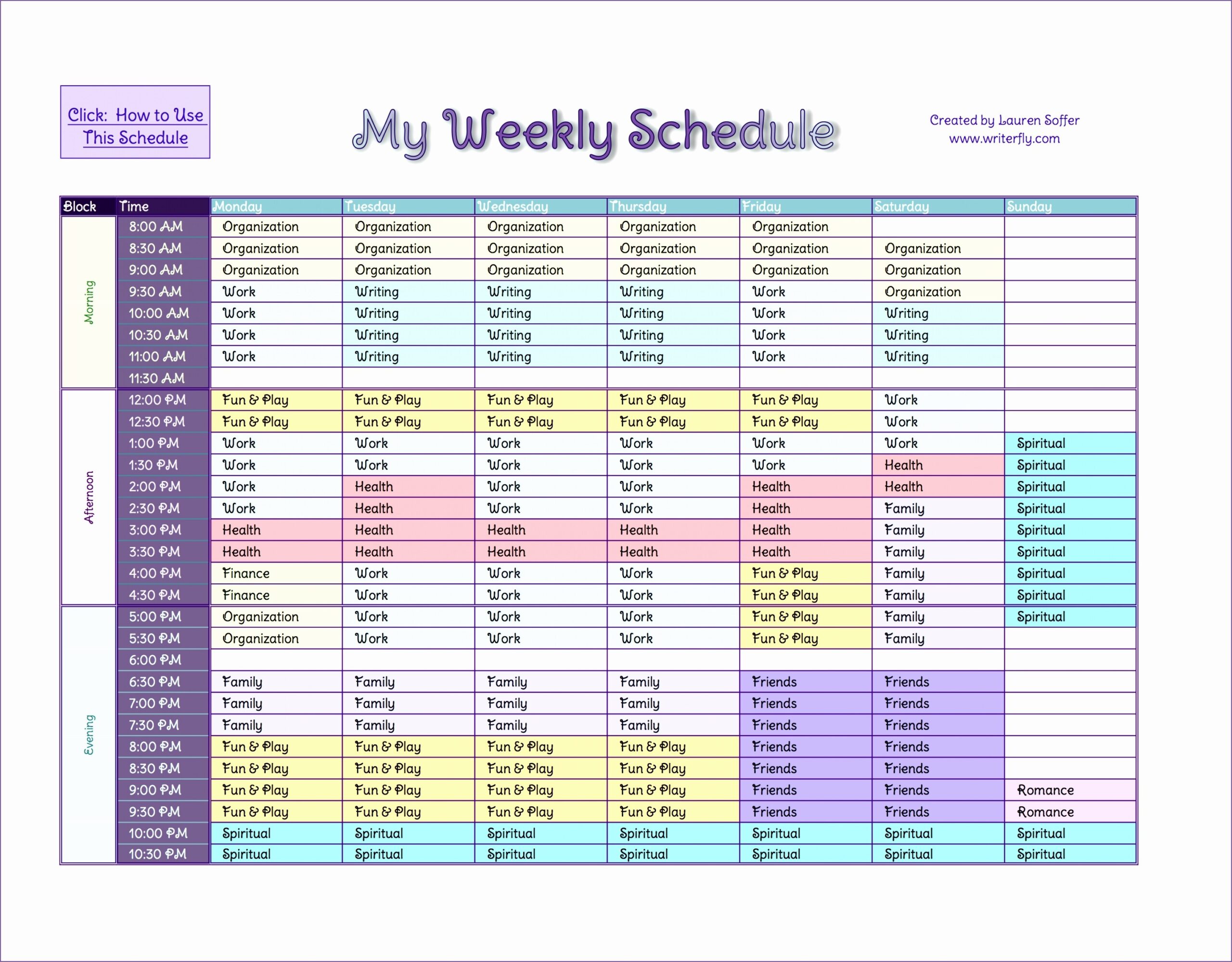Running a business requires careful planning and organization, especially when it comes to managing employees and providing excellent customer service. One essential tool that can help achieve both of these goals is an on-call schedule. This schedule outlines which employees are available to handle urgent or emergencies outside of regular working hours. By implementing an on call schedule, businesses can ensure efficiency, maintain customer satisfaction, and effectively manage employee workload.
What is an On Call Schedule?
An on call schedule is a system that designates specific employees to be available and ready to respond to urgent situations or emergencies outside of their regular working hours. These employees may be required to provide support, handle customer inquiries, or resolve critical issues that arise outside of the standard working hours. The on call schedule typically includes information such as the employee’s name, contact details, and the specific dates and times they are on call.
Many businesses in various industries rely on an on call schedule to ensure that they can provide continuous support to their customers. This schedule is especially crucial for businesses that operate 24/7 or have customers in different time zones. By having employees available to handle urgent matters, businesses can minimize downtime, prevent potential losses, and maintain customer satisfaction.
Why is an On Call Schedule Important?
An on call schedule plays a vital role in ensuring the smooth operation of a business. Here are some reasons why it is important:
1. Prompt Response to Urgent Situations
With an on call schedule in place, businesses can ensure that there is always someone available to respond promptly to urgent situations. Whether it’s a technical issue, a customer complaint, or a critical problem that needs immediate attention, having designated employees on call guarantees a timely response. This helps prevent delays, minimizes the impact of emergencies, and ensures that customer needs are met even outside of regular working hours.
2. Improved Customer Satisfaction
Customers expect businesses to be available and responsive whenever they require assistance. By having an on call schedule, businesses can meet these expectations and provide excellent customer service. When customers know that there is someone available to address their concerns or resolve their issues at any time, it enhances their trust in the business and improves overall satisfaction. This leads to increased customer loyalty and positive word-of-mouth referrals.
3. Efficient Workload Management
An on call schedule helps businesses manage employee workloads effectively. By distributing on call duties among multiple employees, the workload is shared, preventing burnout and ensuring that employees have a healthy work-life balance. It also allows businesses to allocate resources efficiently, ensuring that the necessary expertise is available when needed.
4. Minimized Downtime and Losses
Without an on call schedule, businesses risk experiencing prolonged downtime and potential losses. Emergencies or critical situations can arise at any time, and if there is no one available to address them promptly, it can result in extended periods of inactivity or loss of business opportunities. An on call schedule minimizes downtime by ensuring that there is always someone ready to handle urgent matters and mitigate any potential losses.
5. Compliance with Regulations and Standards
Depending on the industry, businesses may be required to have employees available on call to comply with certain regulations or standards. For example, healthcare facilities must have medical professionals on call to handle emergencies. By implementing an on call schedule, businesses can meet these requirements and avoid penalties or legal issues.
6. Enhanced Employee Accountability
Having an on call schedule encourages employee accountability and responsibility. When employees know that they are designated to be on call during specific times, they are more likely to be prepared and available when needed. This fosters a sense of commitment and professionalism among employees, ensuring that the business can rely on them during critical situations.
7. Streamlined Communication and Coordination
An on call schedule facilitates streamlined communication and coordination within the business. It ensures that employees and management know who is responsible for handling urgent matters during specific times, avoiding confusion and delays. This clarity allows for efficient decision-making and problem-solving, leading to smoother operations and improved outcomes.
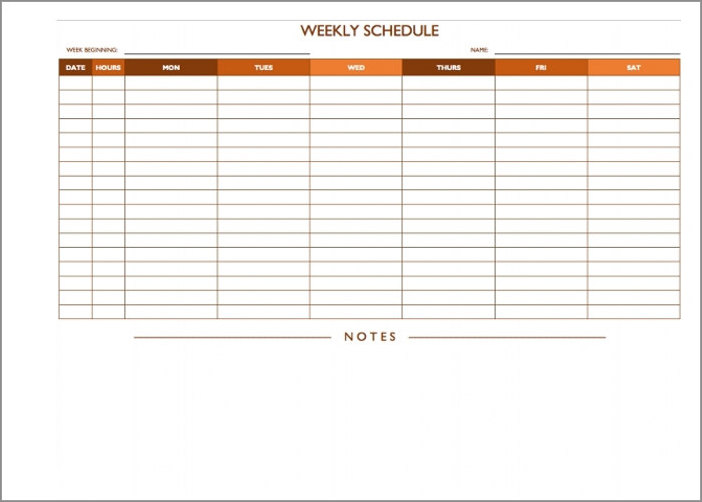
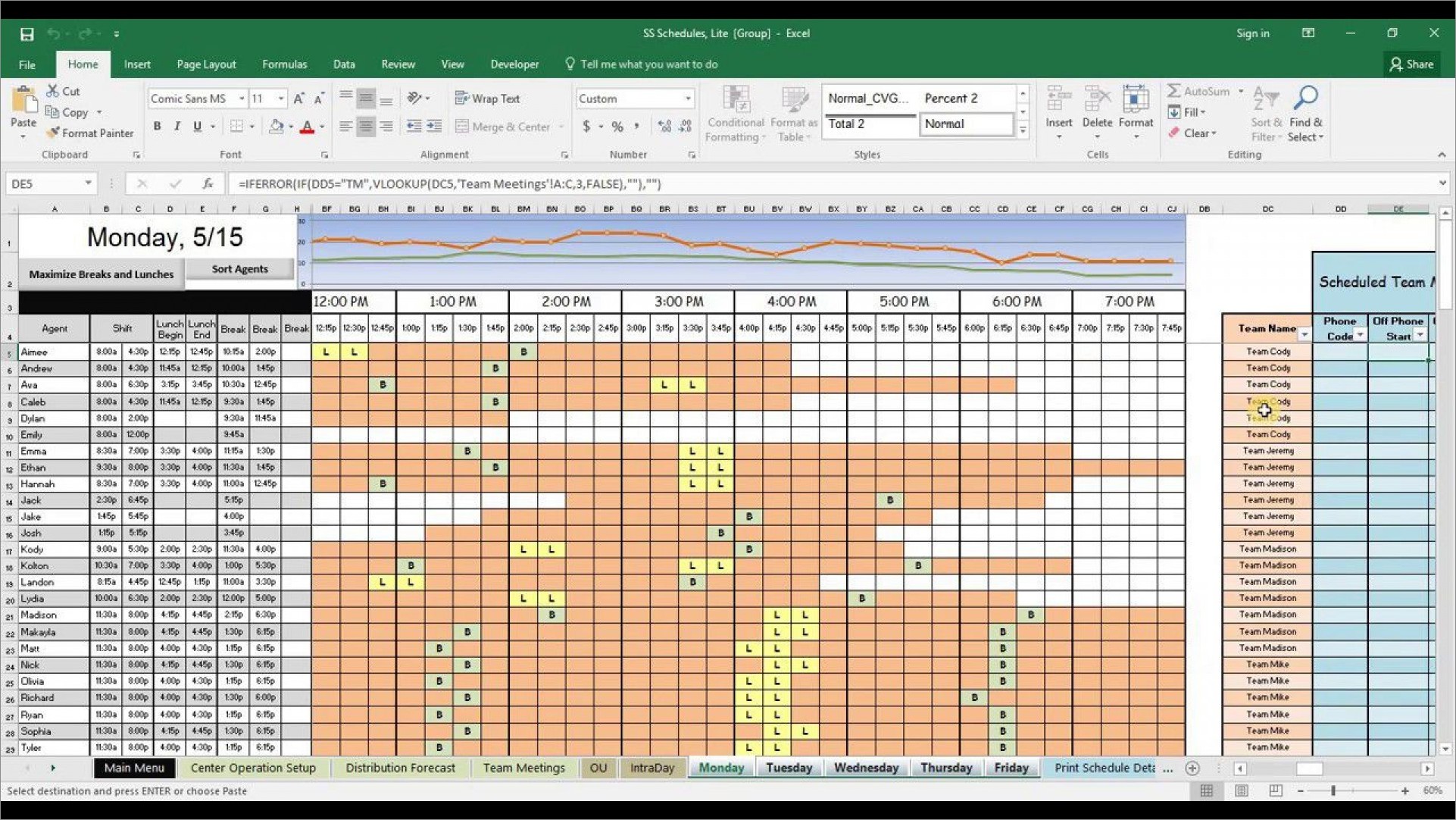
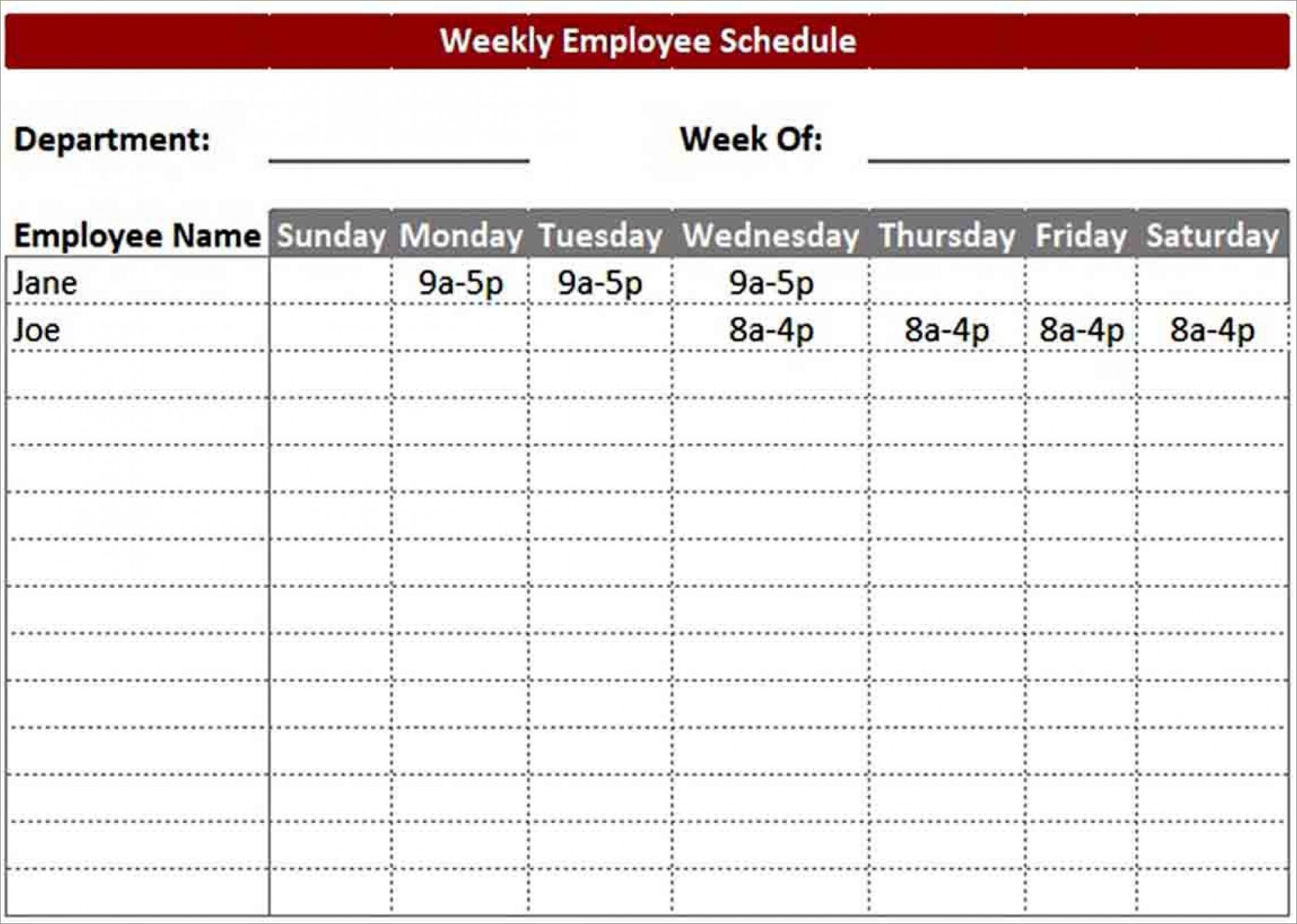
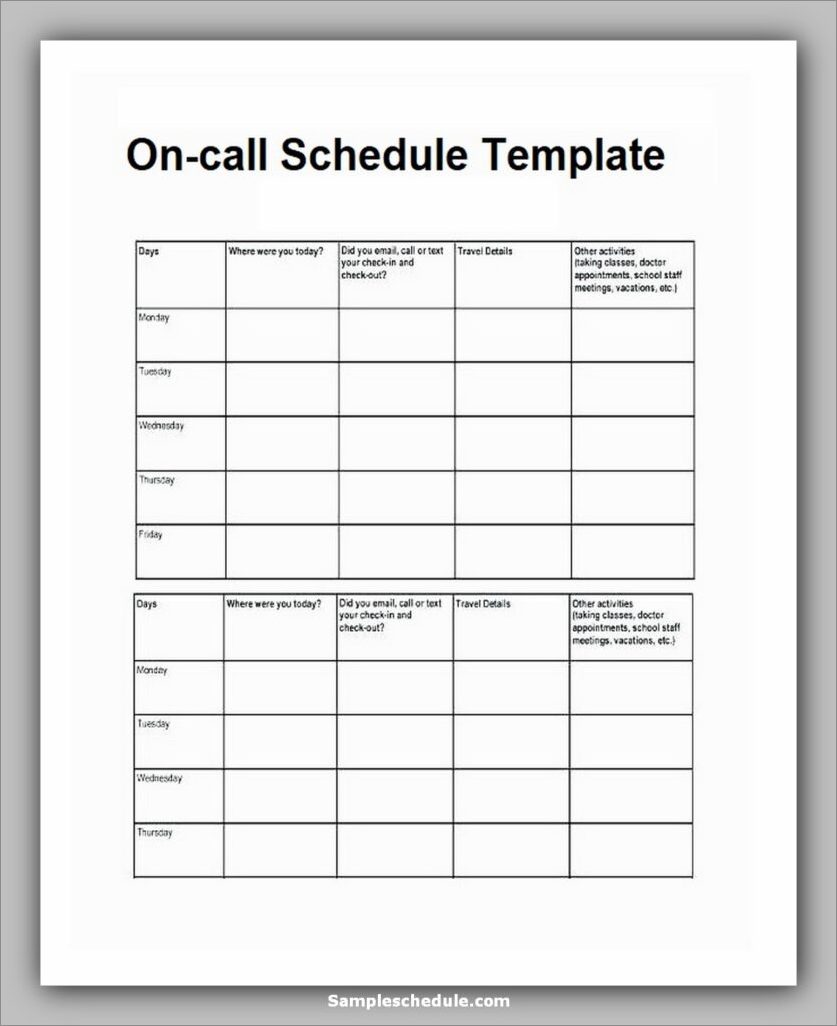
How to Create an On Call Schedule
Creating an effective on call schedule requires careful planning and consideration. Here are the steps to follow:
1. Determine the Scope and Coverage Needed
Start by assessing your business’s needs and determining the scope of coverage required. Consider factors such as the volume of customer inquiries, the nature of emergencies that may arise, and the number of employees available. This will help you determine how many employees need to be on call and the specific periods that require coverage.
2. Identify Available Employees
Identify the employees who are willing and available to be on call. Consider their availability, skills, and expertise when determining who should be included in the on call schedule. Ensure that you have a sufficient number of employees to cover all necessary time slots, taking into account any legal requirements or industry regulations.
3. Establish Clear Guidelines and Expectations
Establish clear guidelines and expectations for employees who are on call. Communicate their responsibilities, response times, and any specific procedures they need to follow. Provide them with the necessary tools and resources to handle emergencies effectively, such as access to relevant documentation or contact information.
4. Create the Schedule
Create the on call schedule using a spreadsheet or scheduling software. Assign employees to specific time slots, ensuring that there is adequate coverage at all times. Consider factors such as employee availability, preferences, and any time-off requests. Rotate the schedule regularly to distribute the workload fairly among employees.
5. Communicate and Train Employees
Once the on call schedule is finalized, communicate it to all employees involved. Ensure that they understand their roles and responsibilities, as well as how to access the schedule and report any changes or issues. Provide training if necessary, especially for employees who may be new to being on call, to ensure they are prepared to handle emergencies effectively.
6. Monitor and Evaluate the Schedule
Continuously monitor and evaluate the effectiveness of the on call schedule. Gather feedback from employees and customers to identify any areas for improvement. Make adjustments as needed to ensure that the schedule meets the needs of the business and provides the best possible support to customers.
Example of an On Call Schedule
Here is an example of an on call schedule for a customer support team in a software company:
- Monday – Friday: John Doe
- Saturday – Sunday: Sarah Smith
- After-Hours: Michael Johnson
This schedule ensures that there is always someone available during regular working hours and after-hours to handle customer inquiries and provide support. By rotating the on call responsibilities among multiple employees, the workload is distributed evenly, and employees can maintain a healthy work-life balance.
The Benefits of Implementing an On Call Schedule
Implementing an on call schedule can bring numerous benefits to businesses. Some of these benefits include:
- Improved customer satisfaction: By ensuring prompt response to urgent situations, businesses can meet customer expectations and enhance satisfaction.
- Efficient workload management: An on call schedule helps distribute the workload among employees, preventing burnout and maximizing productivity.
- Minimized downtime and losses: With designated employees available to handle emergencies, businesses can minimize downtime and potential losses.
- Compliance with regulations: Certain industries require businesses to have employees on call to comply with regulations and standards.
- Enhanced employee accountability: An on call schedule fosters a sense of responsibility and accountability among employees.
- Streamlined communication and coordination: By clearly designating employees on call, businesses can streamline communication and coordination during urgent situations.
Overall, an on call schedule is a valuable tool that businesses can use to ensure efficiency, maintain customer satisfaction, and effectively manage employee workload. By implementing and following a well-planned on call schedule, businesses can provide excellent support to their customers and maintain a competitive edge in the market.
On Call Schedule Template – Download
